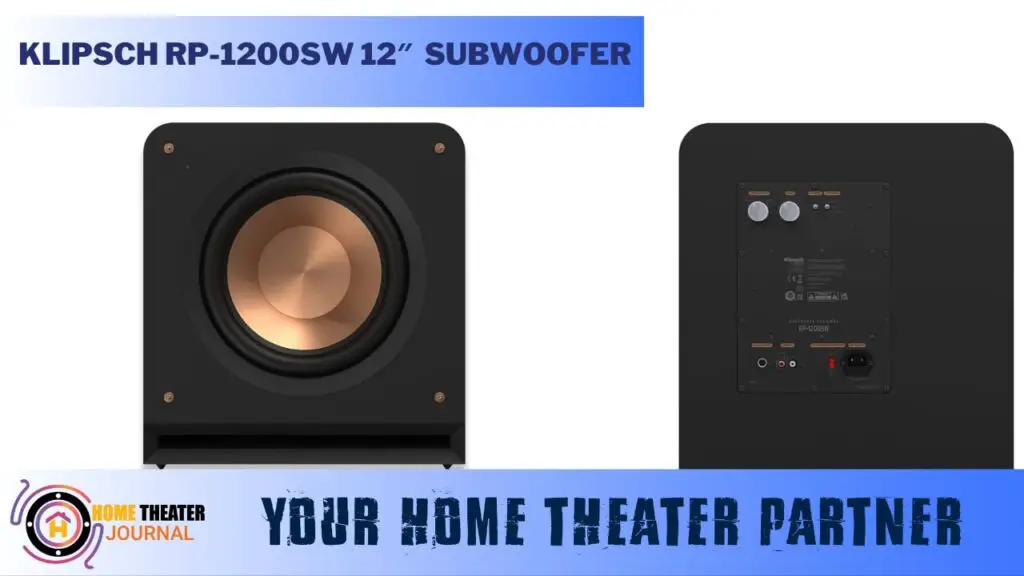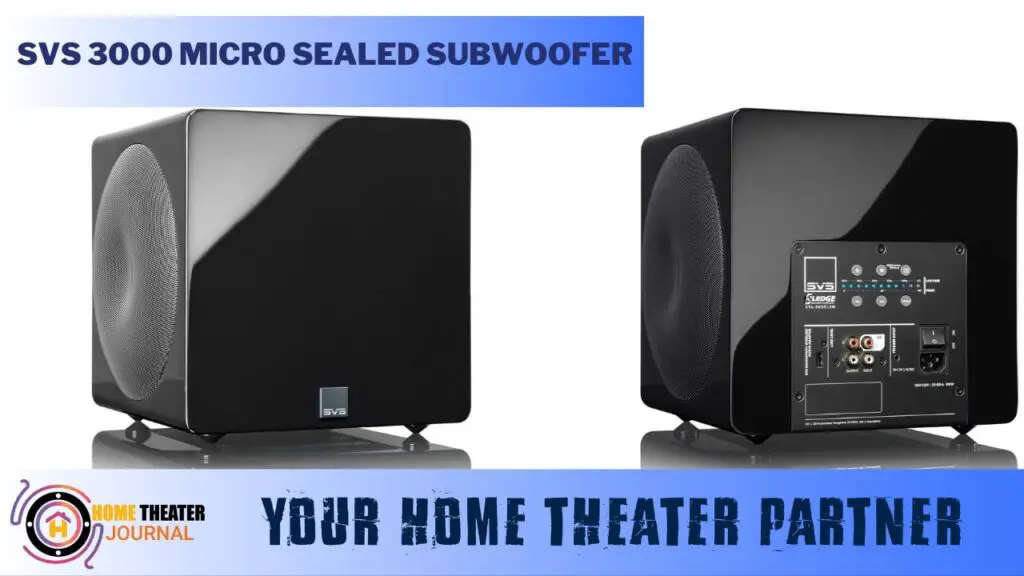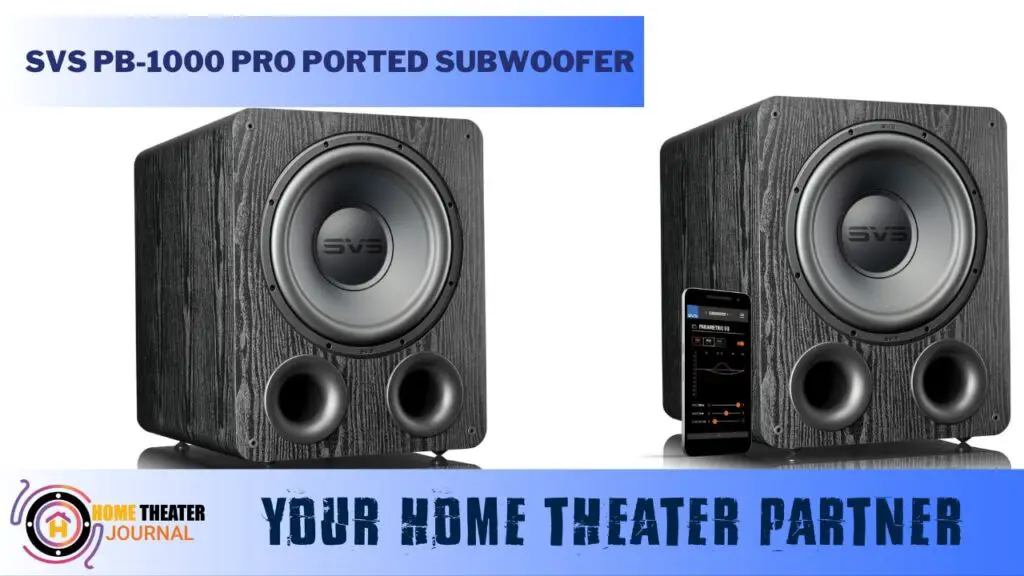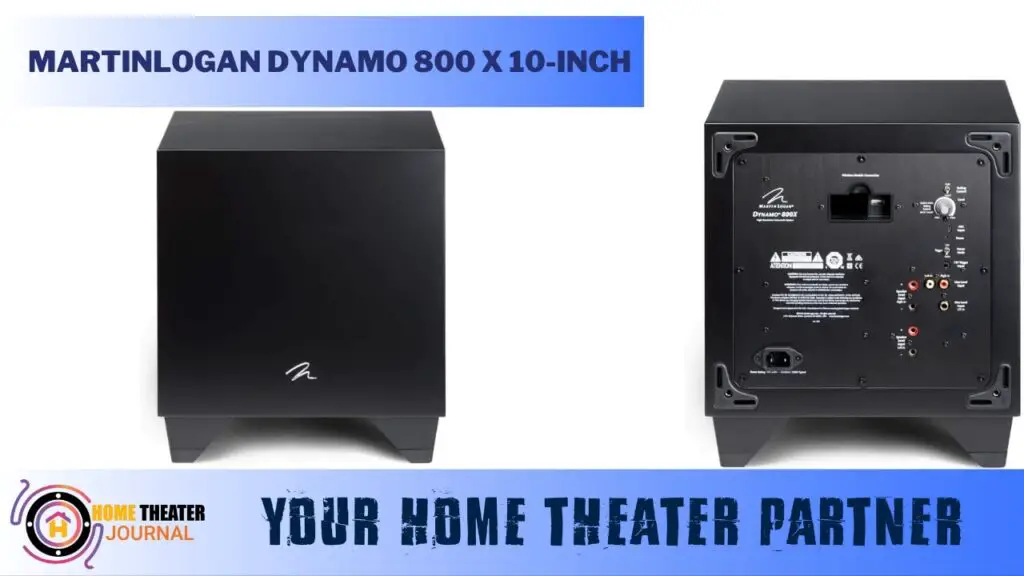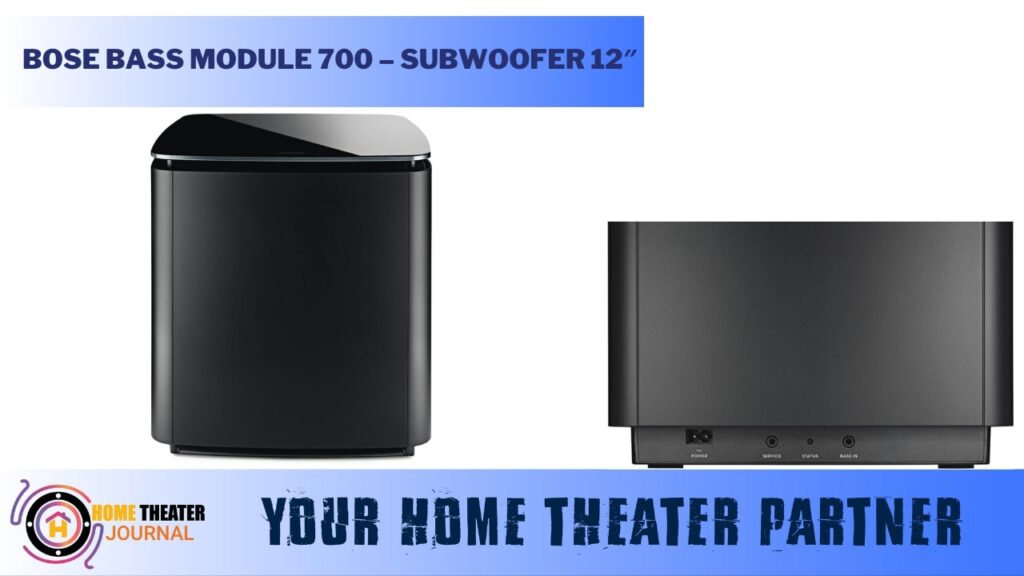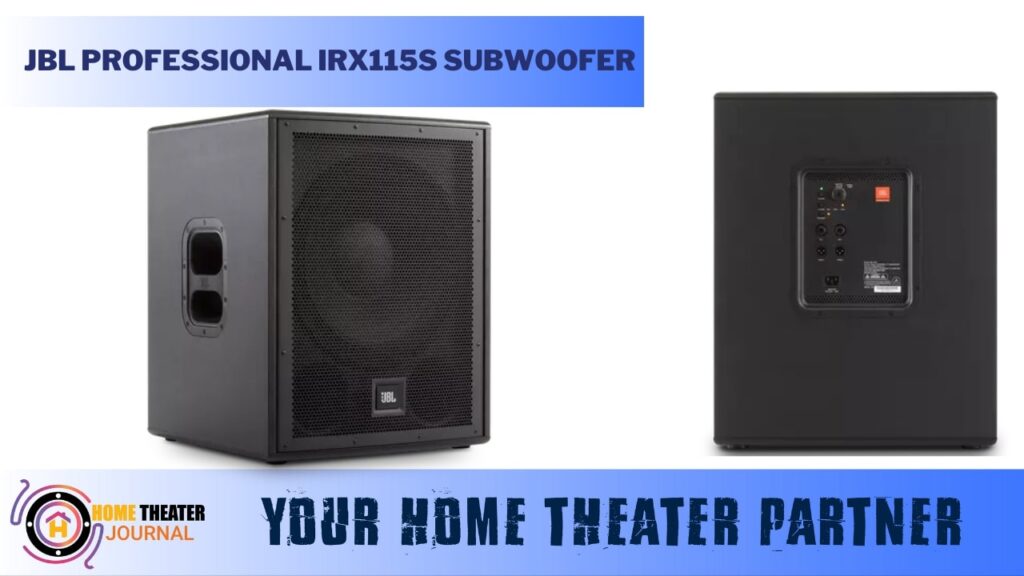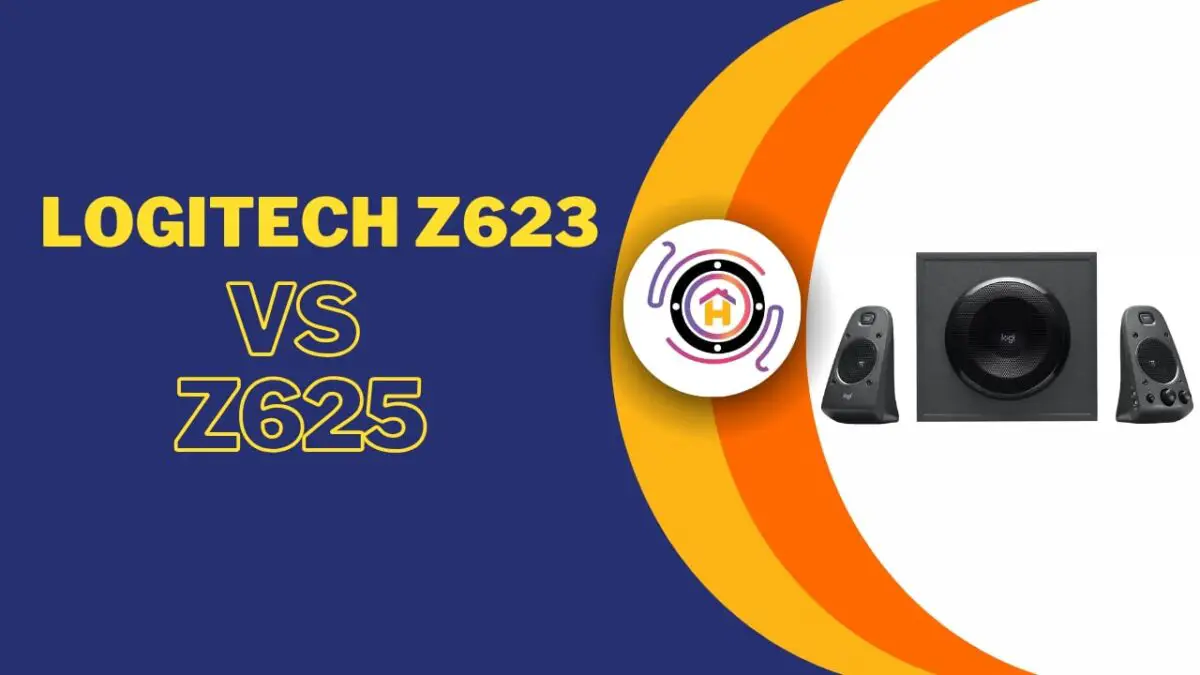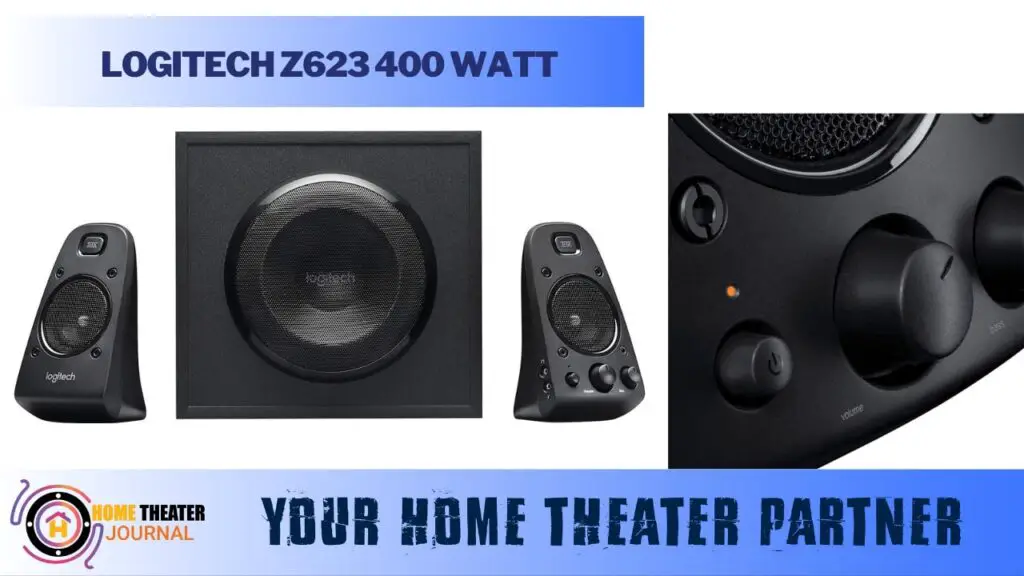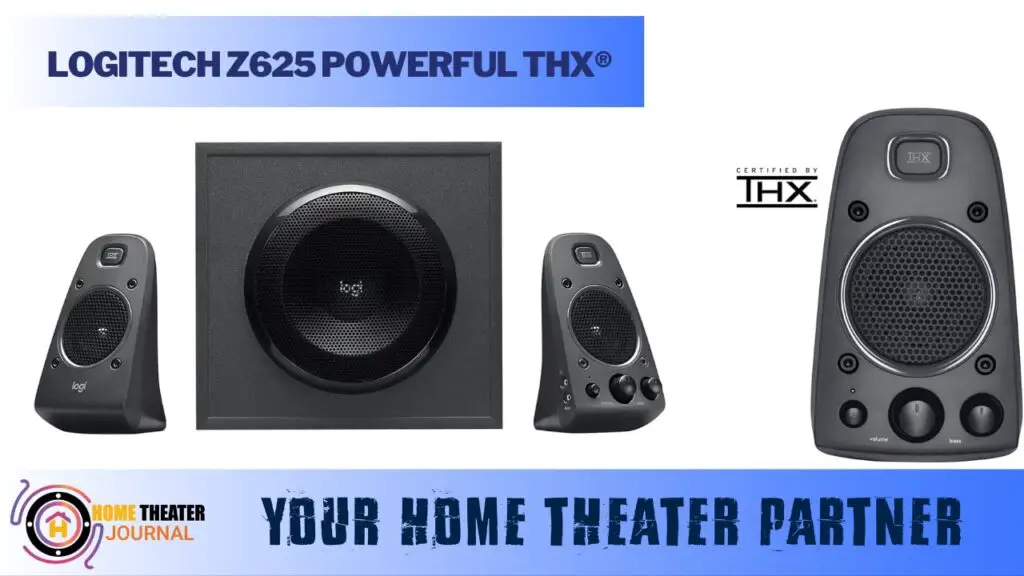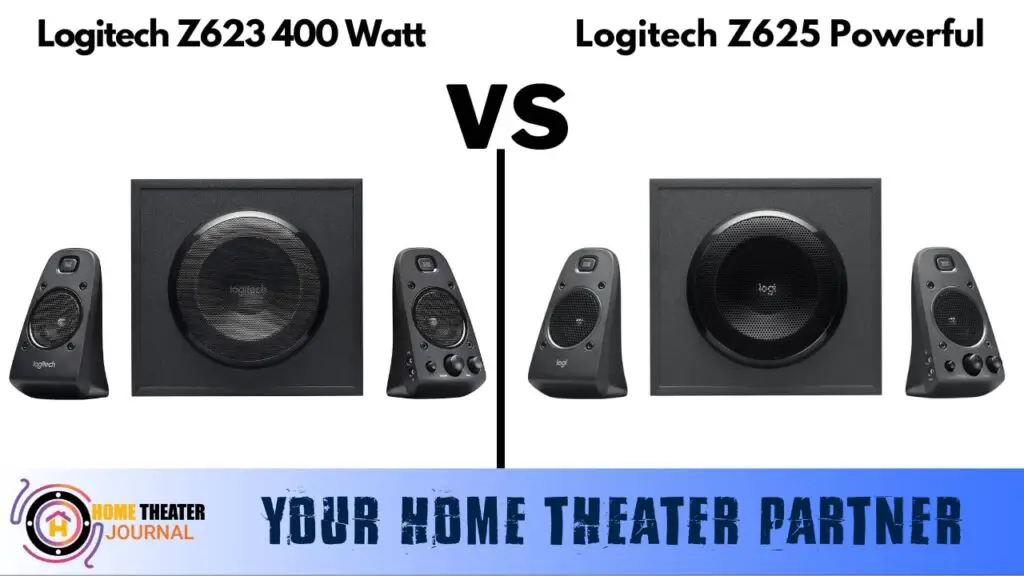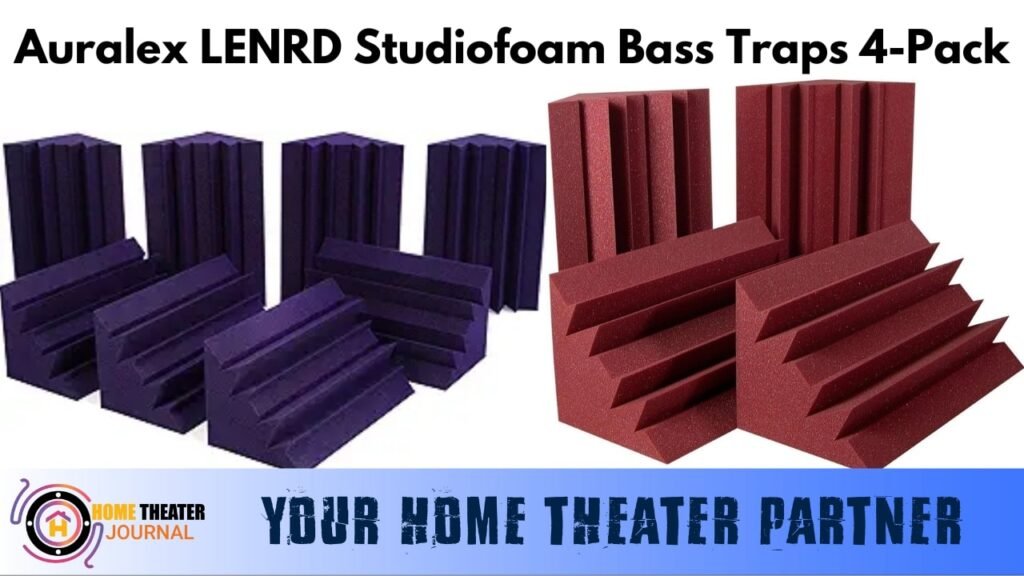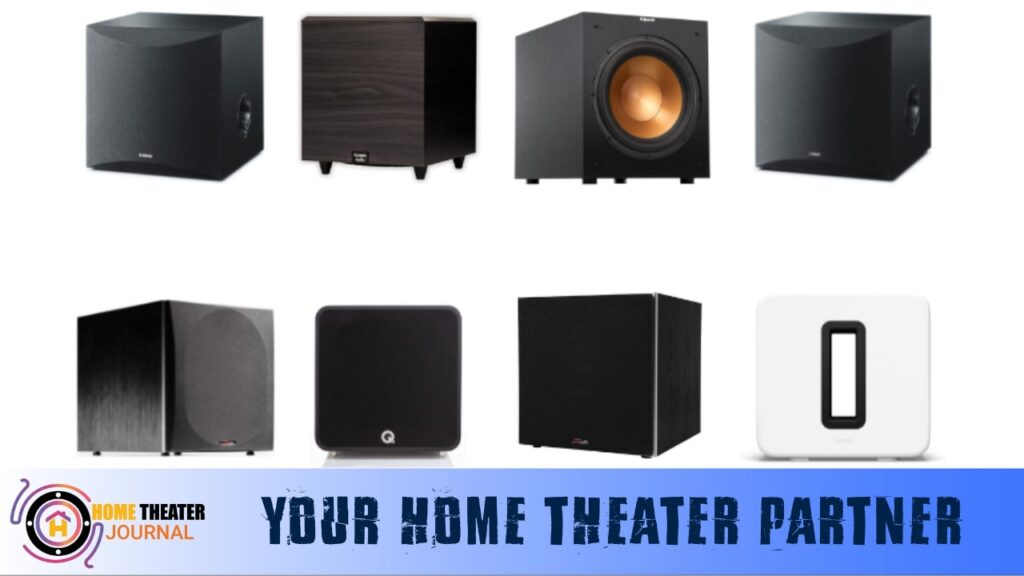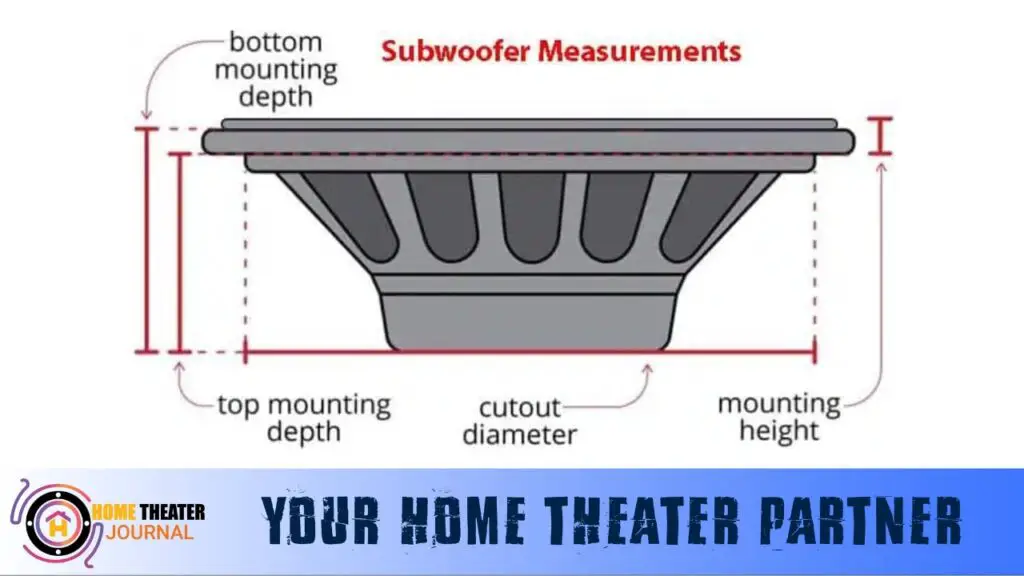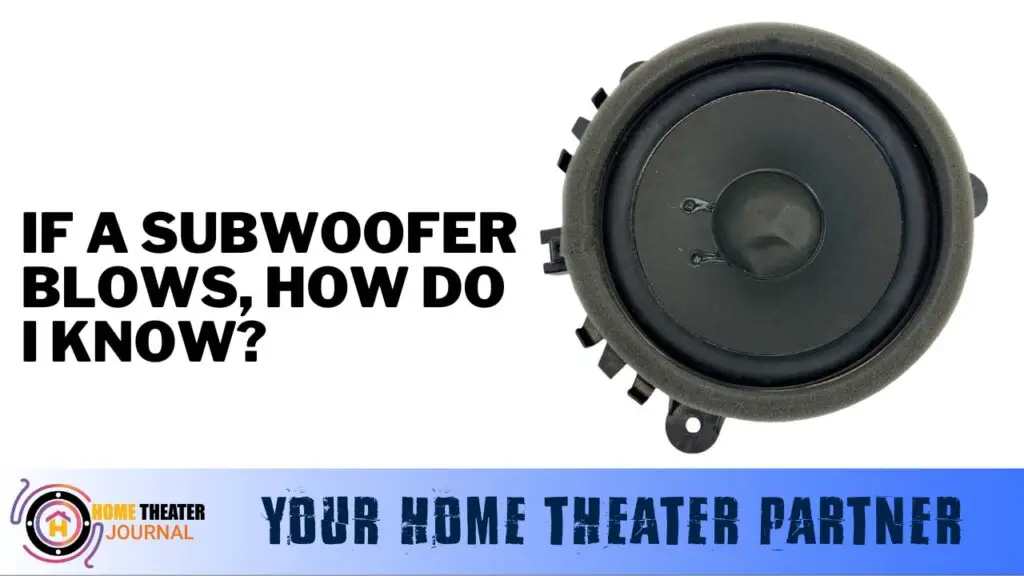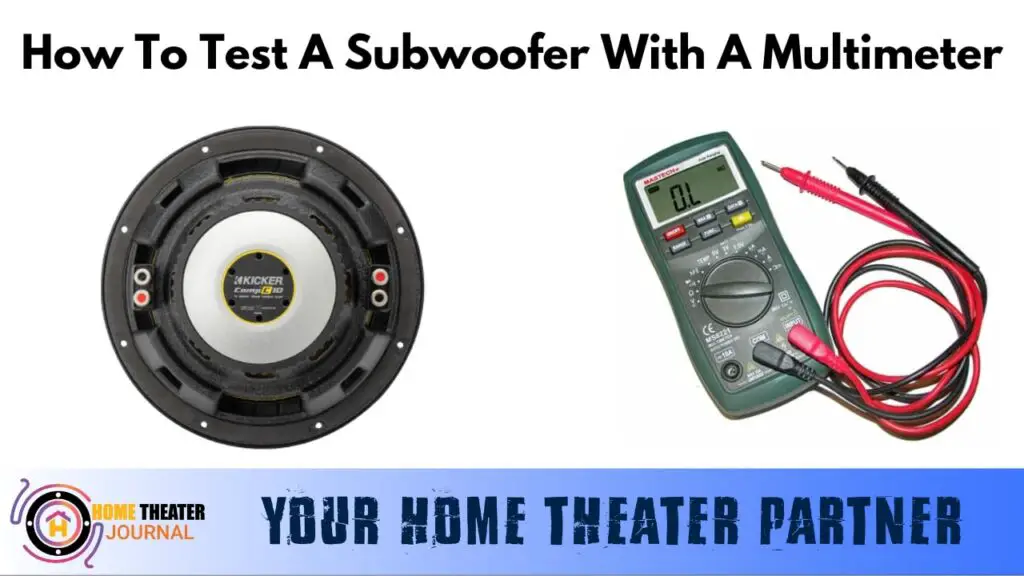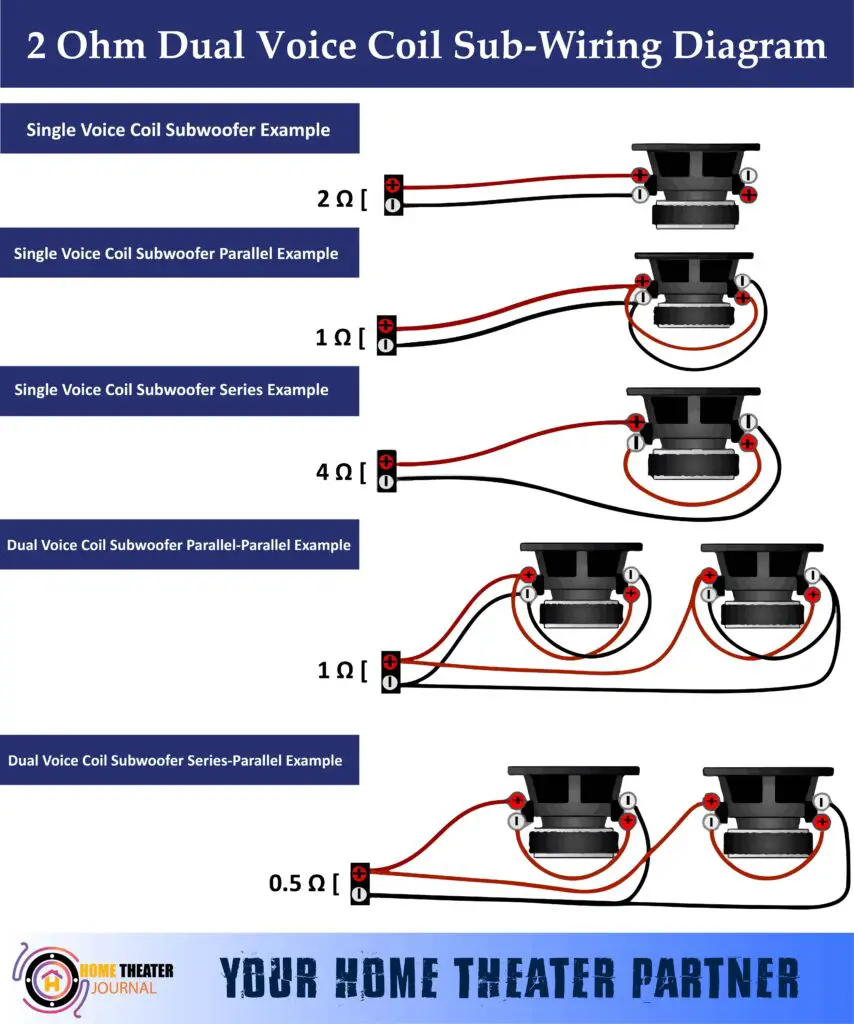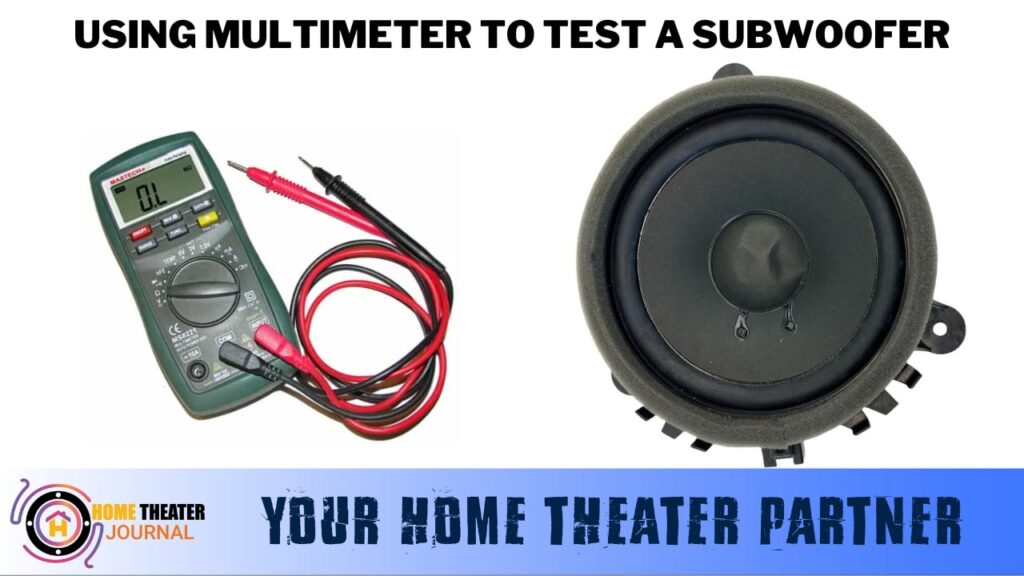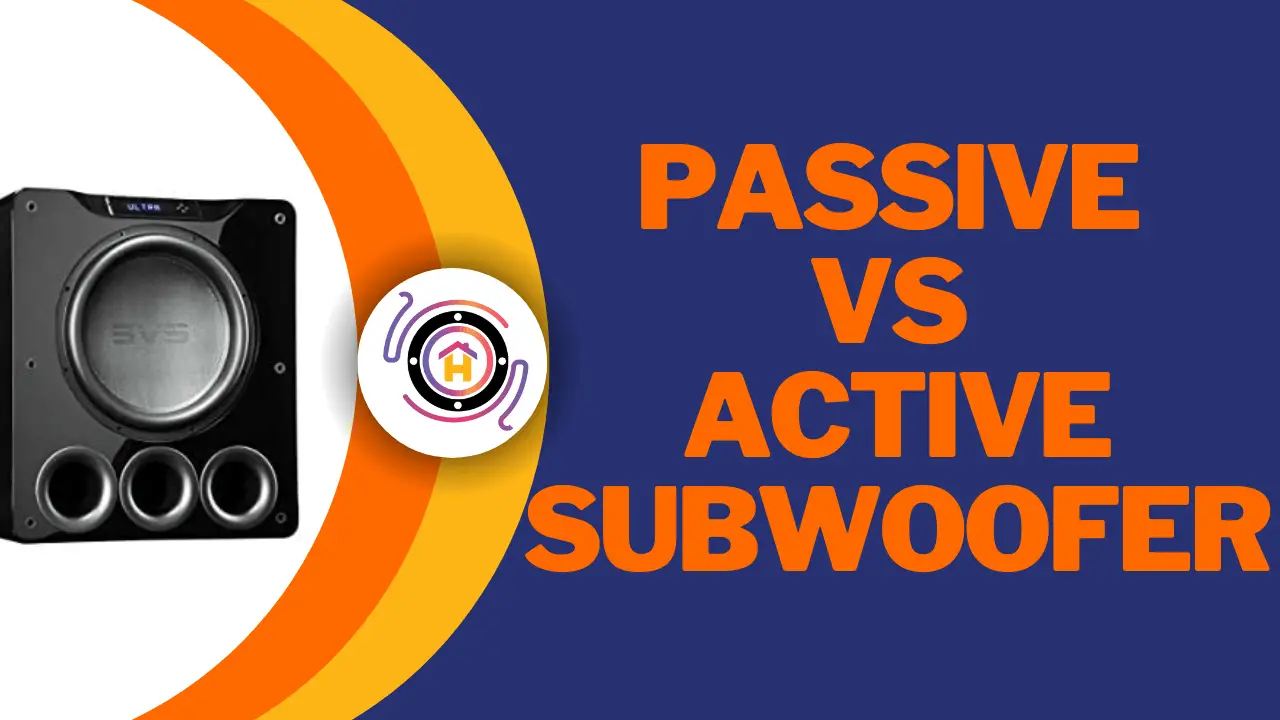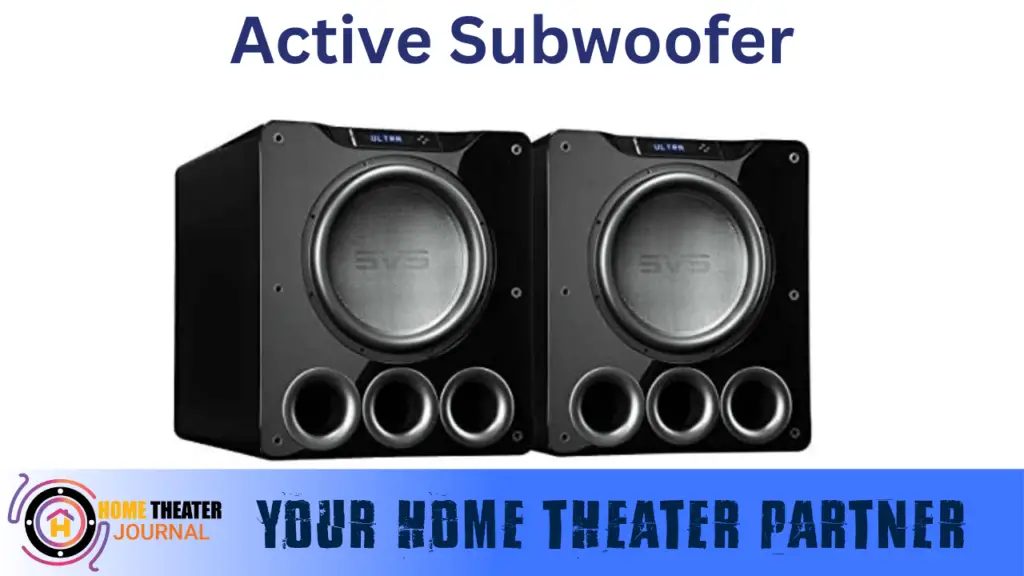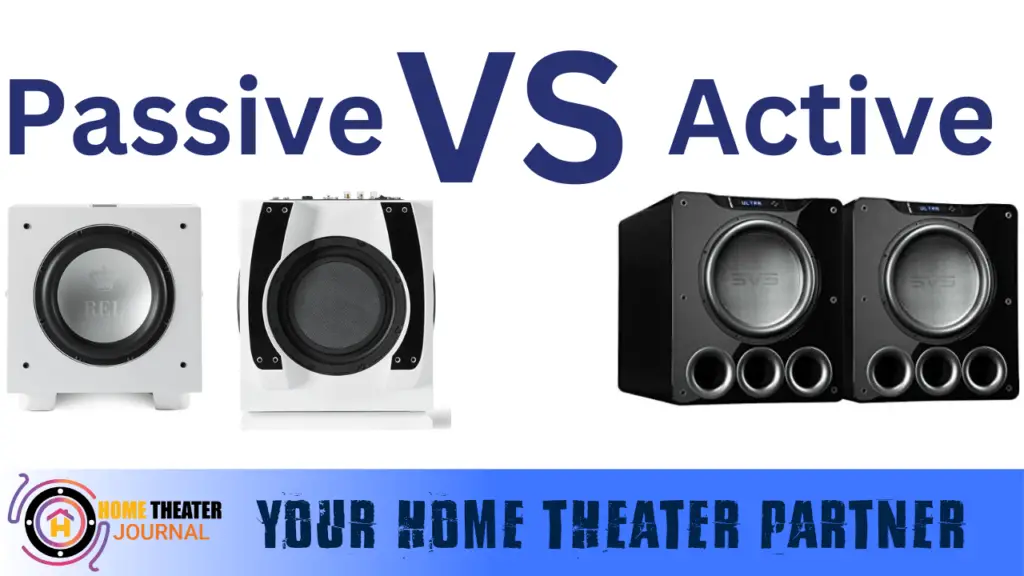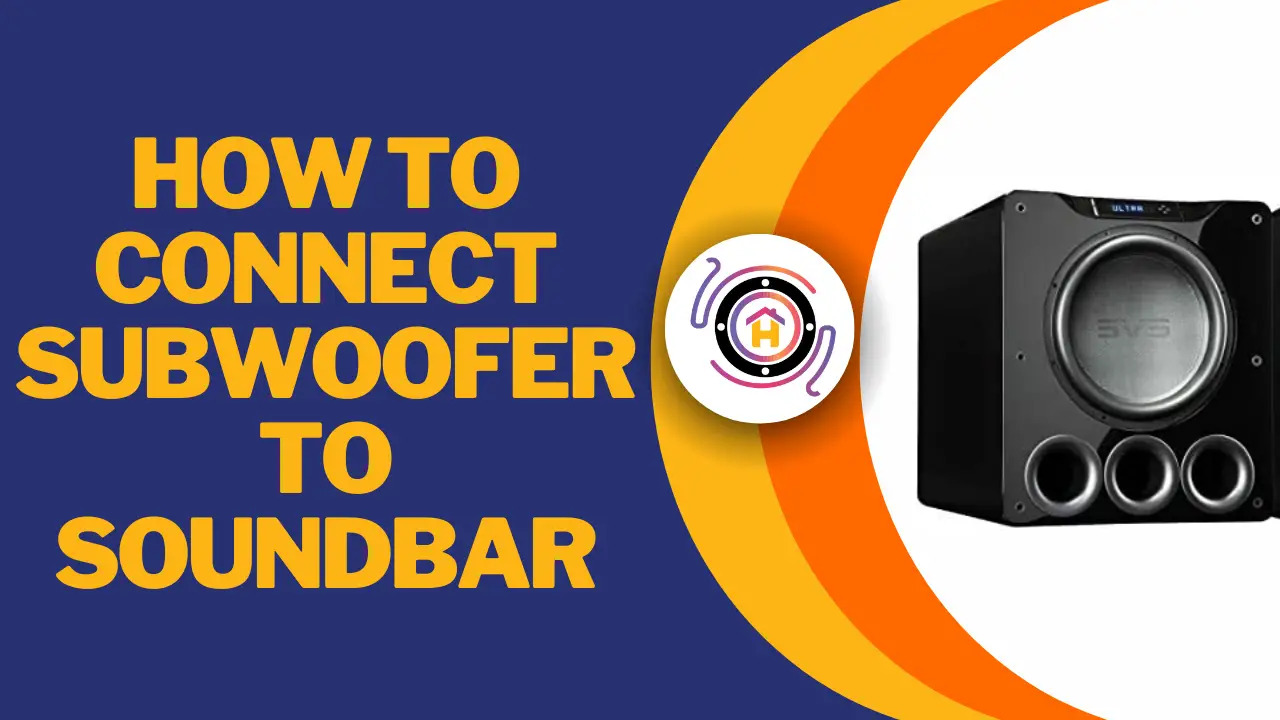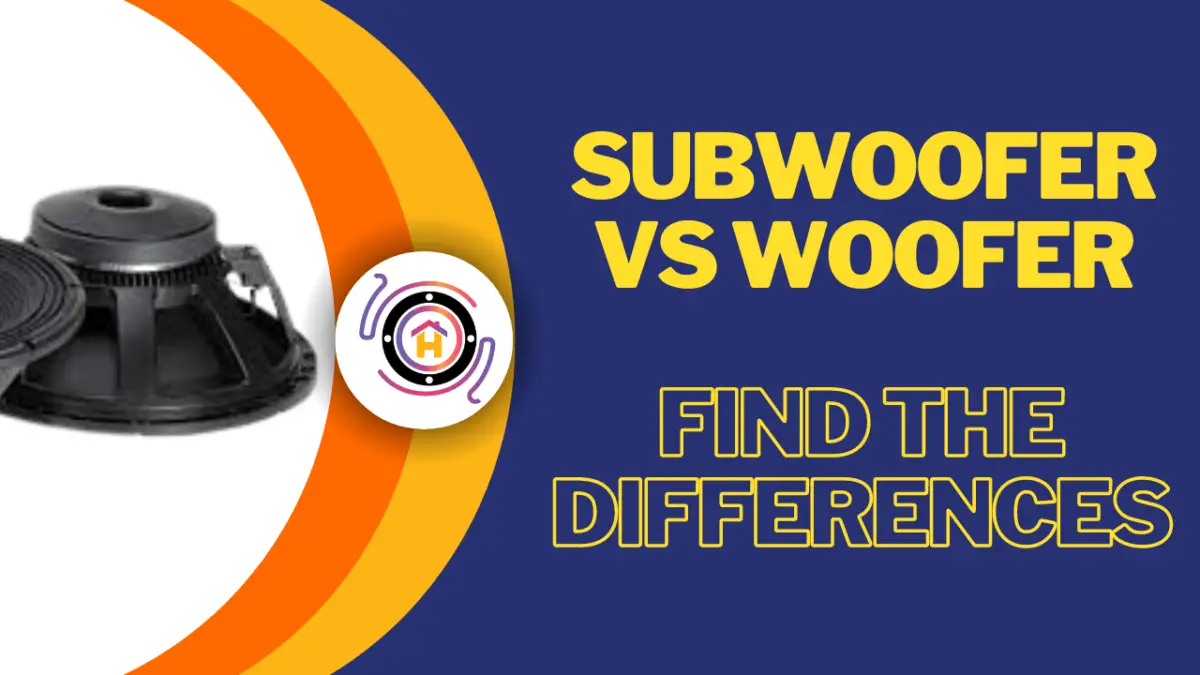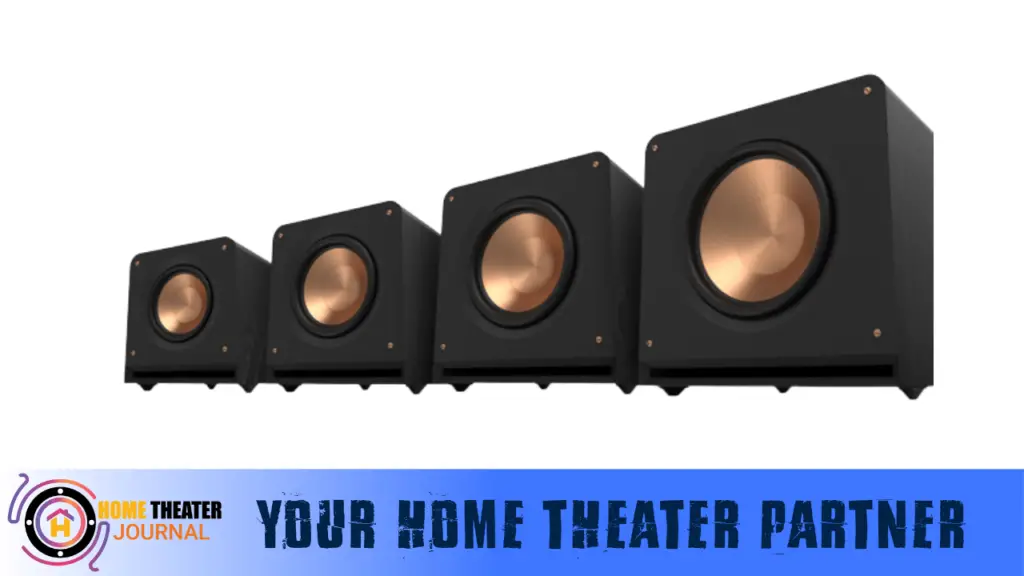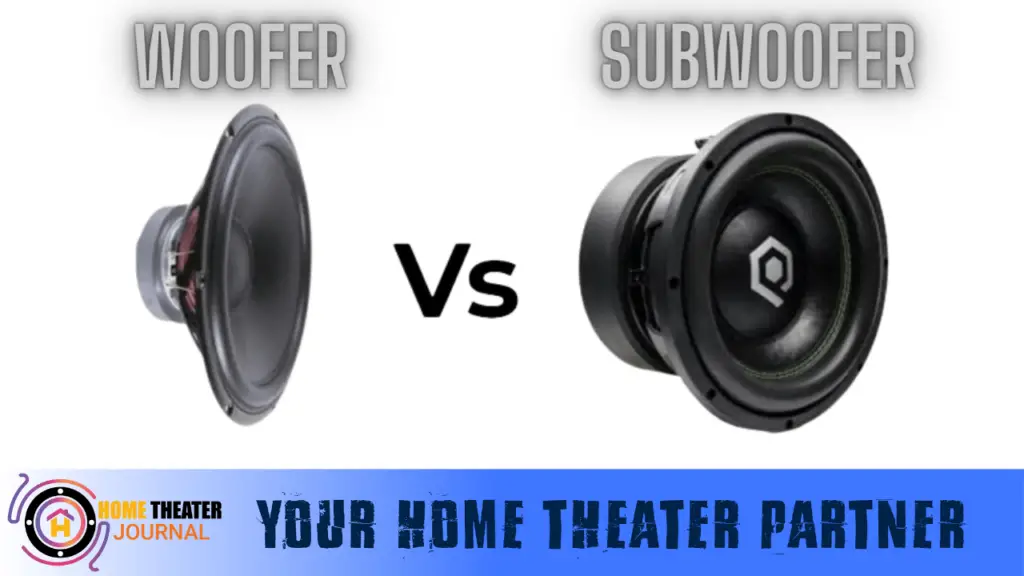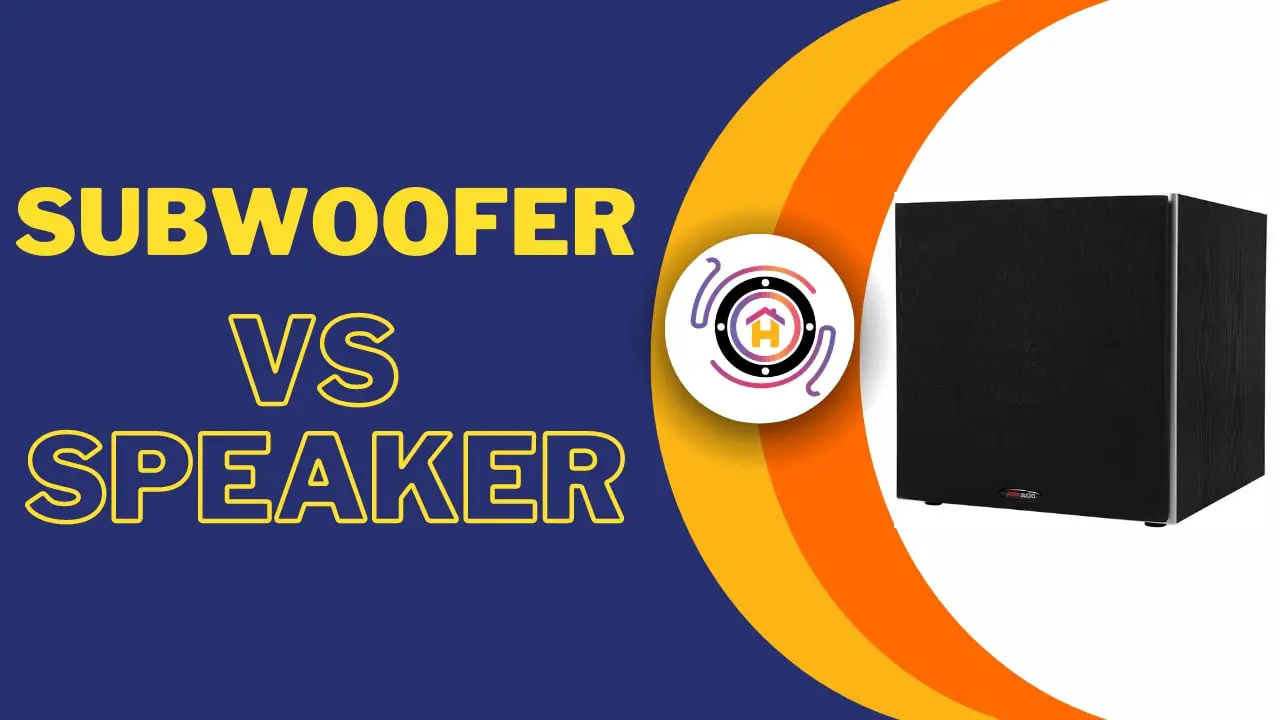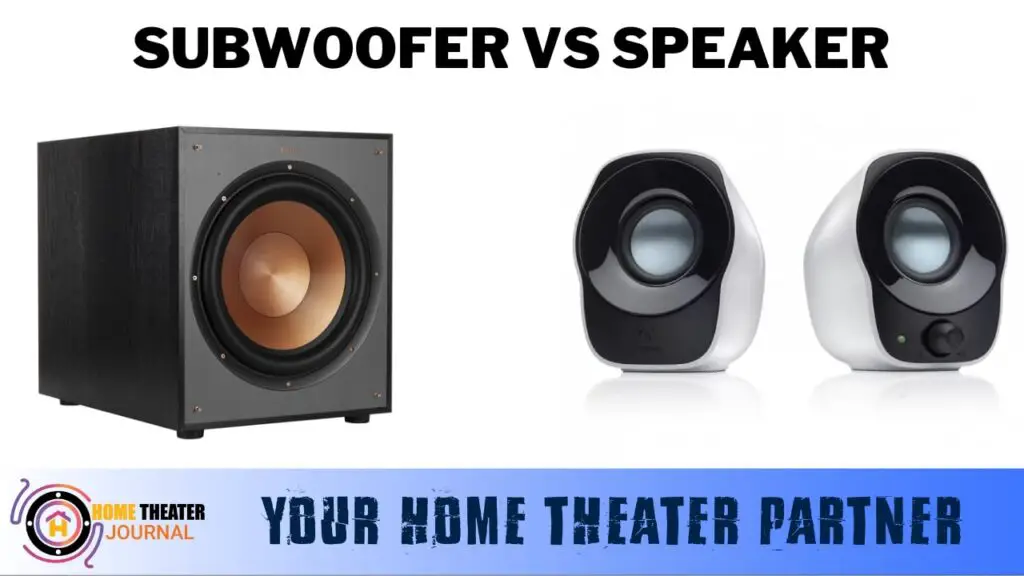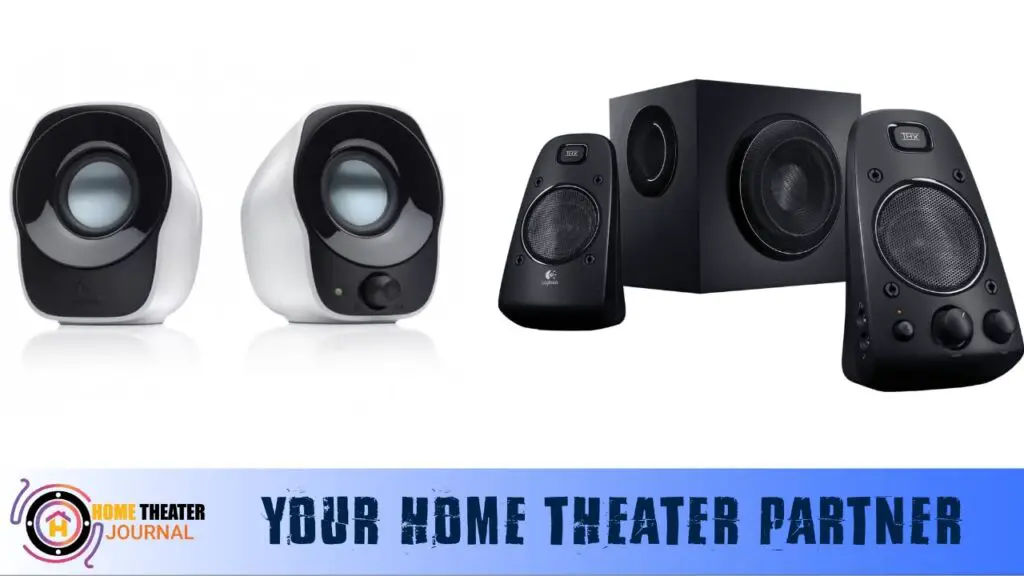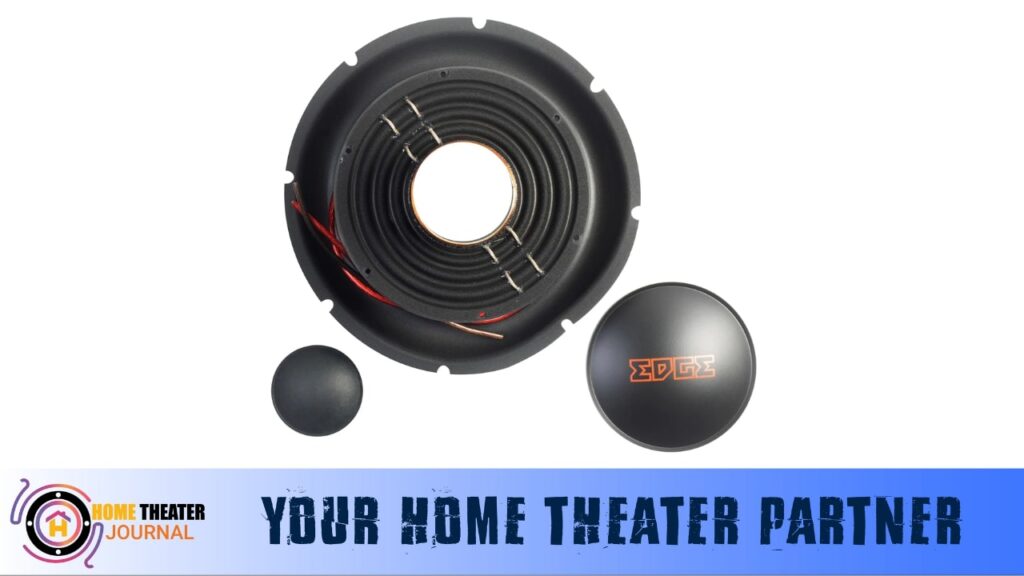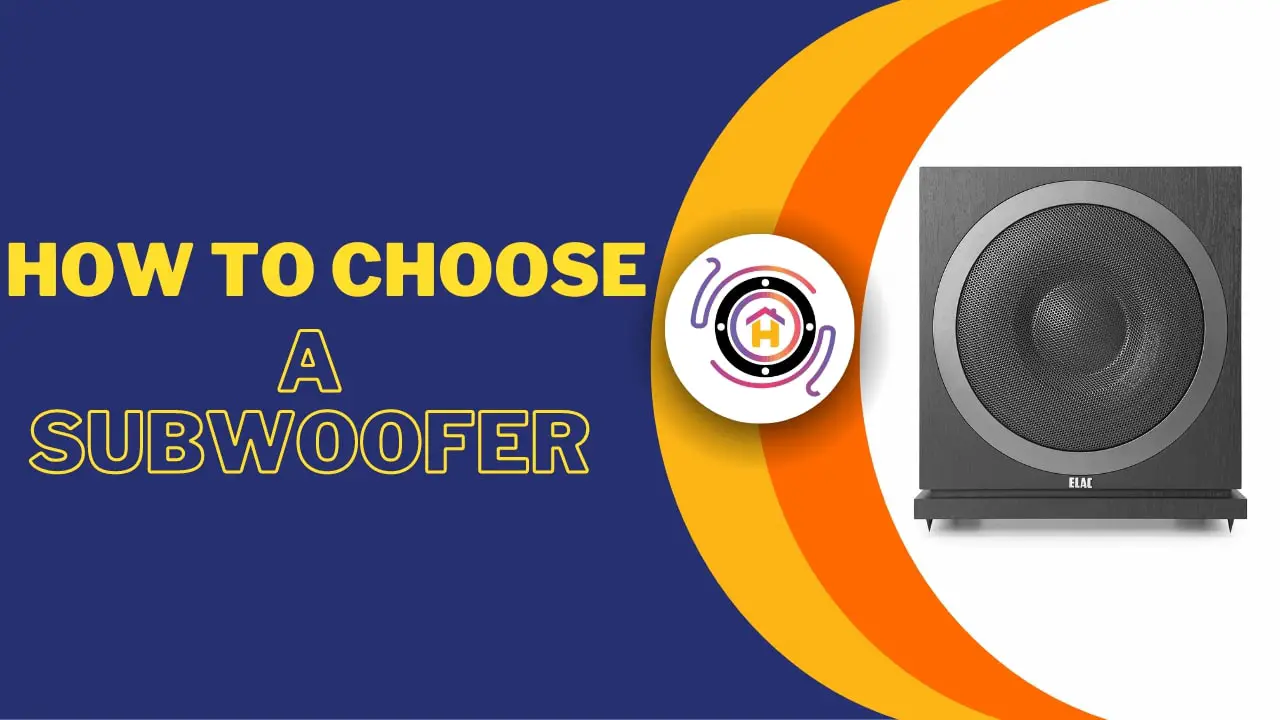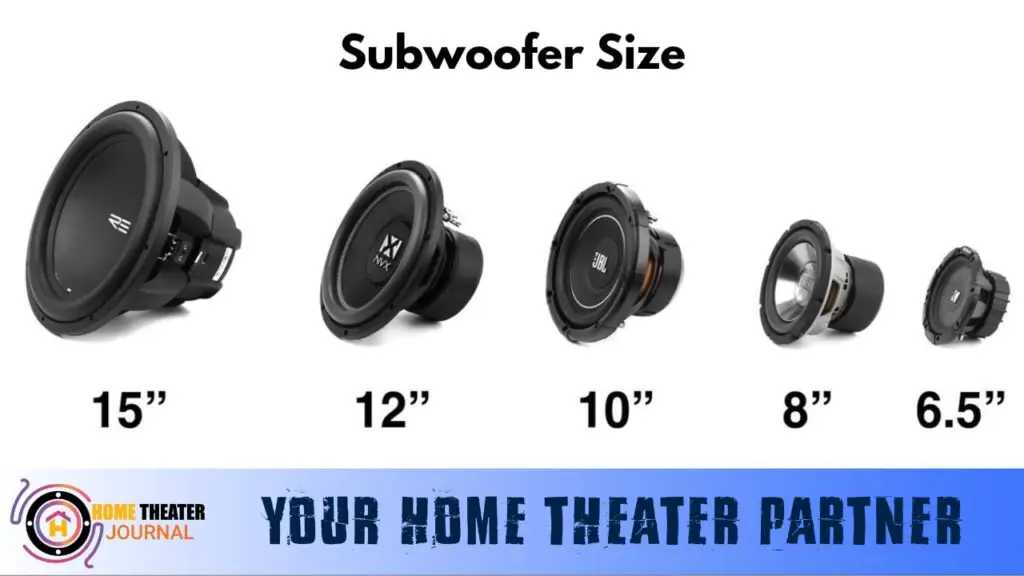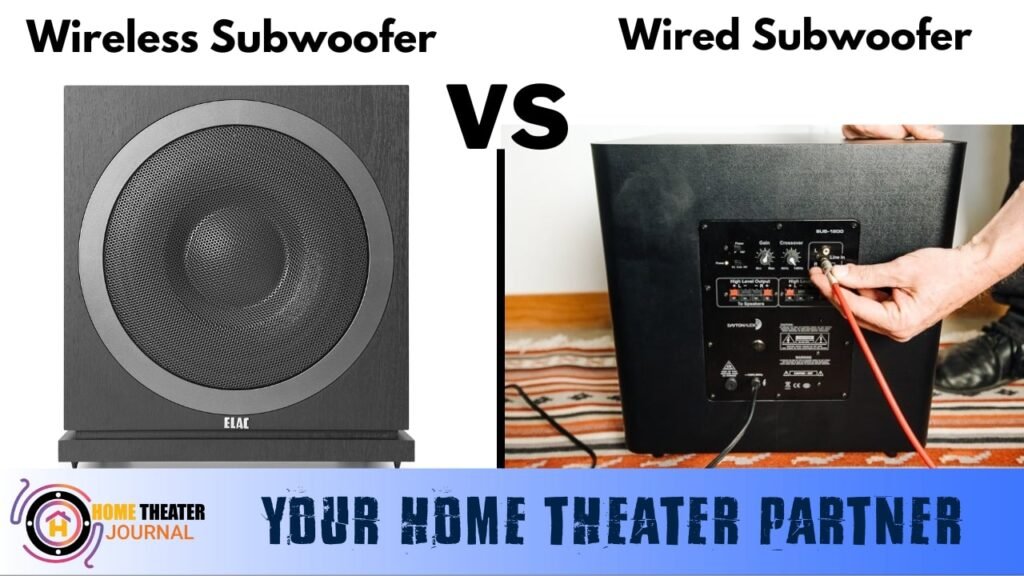Best $500 Powered Subwoofers For 2025
Welcome, fellow audio adventurers and bass-loving comrades! Are you ready to crank up the beats and feel the rumble without breaking the bank?
Ah, you’re in for a treat! Today, we’re diving deep into the realm of the best subwoofer under $500 for 2025, on a quest to unveil the ultimate auditory gem that’s about to rock your world. We have been providing you buying guide or review on your specific budget which is the best subwoofer for your home theater.
If you are looking best subwoofer above the $500. Then we have another that is the best subwoofer under $1000.
So buckle up and get those eardrums prepped because we’re about to unravel the pulse-pounding magic of the only sixth wonder in our lineup
Table of Contents
Premium Pick
Diamond Pick
Sliver Pick
1. Audioengine S6 210W Wireless Powered Subwoofer
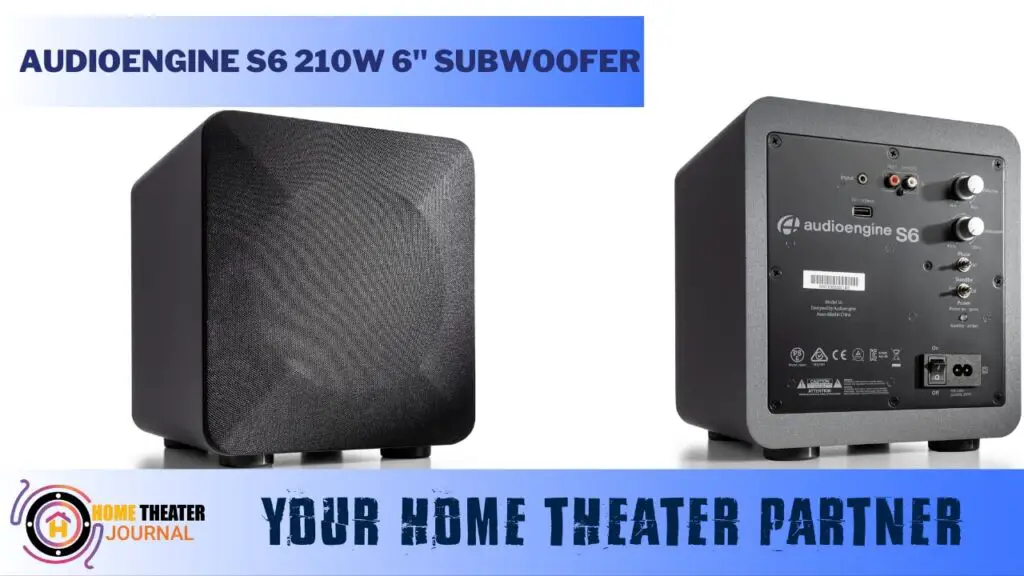
Looking to elevate your audio experience without compromising on space? The Audioengine S6 210W Wireless Powered Subwoofer might just be the perfect addition to your setup.
Boasting a sleek and compact design, this subwoofer delivers a powerful punch that defies its modest size. Whether you’re a gamer, audiophile, or home theater enthusiast, the S6 promises to redefine your expectations with its impressive features and specifications.
For troubleshooting tips on fixing a subwoofer with no sound and optimizing your audio setup, if you are facing any issues then check out this post How To Fix A Subwoofer With No Sound. This post will help you and optimize your home theater system.
Main Features / Technical Specifications:
- Wireless Connectivity: Seamlessly connects to your audio setup without the hassle of cables, offering flexibility in placement.
- 210W Amplifier: Built-in high-powered amplifier for robust and clear bass performance.
- Deep Bass: Provides rich, deep bass frequencies, enhancing the overall sound quality of your music, movies, or gaming experience.
- Versatile Connectivity: Offers various input options for connection to different audio sources, ensuring compatibility with different systems.
- Stylish Design: A sleek and modern design that complements your home decor while delivering exceptional sound quality.
- Power Output: 210 Watts
- Frequency Response: 30Hz – 180Hz
- Driver Size: 6-inch woofer
- Inputs: Wireless, RCA, and LFE
- Dimensions: 6″D x 16″W x 5″H
- Weight: 15.4 lbs
Structure:
This subwoofer, standing at a modest 6″D x 16″W x 5″H and weighing just 15.4 lbs, is a testament to compact yet robust design. The 6-inch long throw woofer, powered by a highly efficient Class D amplifier, fills rooms with remarkable ease, outperforming its compact counterparts in the market.
Bass Quality:
The bass from the Audioengine S6 210W Wireless Powered Subwoofer is a marvel in compact audio excellence. It’s not just about the depth and power it delivers, reaching as low as 33Hz with a punch that surprises in such a small package.
What truly stands out is its clarity and balance; this subwoofer doesn’t just boom, it articulates every note, enhancing the overall audio without drowning out other frequencies.
With its adjustable settings, it seamlessly integrates with your existing speakers, creating a cohesive soundstage that’s both immersive and harmonious. Despite its compact size, it adds a layer of depth and richness to your audio experience that’s hard to beat.
Connectivity:
Featuring dual analog audio inputs, it effortlessly connects to two systems simultaneously, allowing for seamless integration with various devices.
Additionally, the included W3 Transmitter and Receiver offer wireless freedom, enabling CD-quality stereo sound transmission from any audio device to your Audioengine-powered speakers or stereo receiver.
Pros
Cons
Verdict:
The Audioengine S6 210W Wireless Powered Subwoofer is a standout choice for those seeking a compact yet powerful bass solution.
With its exceptional bass quality, versatile connectivity, and compact design, it stands as one of the best subwoofers under $500 in the market for 2025.
For a deeper understanding of the differences between subwoofers and woofers and how they contribute to your audio setup, explore this informative guide on subwoofers vs woofers.
2. Audioengine S8 8″ 250W Powered Home Audio Subwoofer Speaker

The Audioengine S8 8″ 250W Powered Home Audio Subwoofer Speaker is a compact powerhouse that packs a punch when it comes to delivering exceptional bass quality.
With its 8-inch custom woofer and a sturdy anti-resonant steel frame, it’s designed to produce tight, smooth, and natural-sounding bass that elevates your audio experience.
Its solid hand-finished front-ported MDF cabinet ensures premium quality, reducing vibrations and resonance for cleaner, tighter bass.
Main Features / Technical Specifications:
- Speaker Type: Subwoofer
- Connectivity Technology: LFE, RCA, 3.5mm Analog Input
- Special Feature: Built-in microphone
- Amplifier Type: Class D
Power Output: 250W peak power total (125W RMS), AES
Inputs: 1/8″ (3.5mm) mini-jack and RCA L/R
Input Voltages: 100-240V AC, 50/60Hz auto-switching
Driver: 8″ long-throw down-firing woofer
Ports: Single, front - Product Dimensions: 11.25″D x 11.25″W x 11.25″H
- Item Weight: 30 Pounds
- Subwoofer Diameter: 8 Inches
- Speaker Size: 8 Inches
Structure:
The S8 Subwoofer impresses with its super-fast 8-inch custom woofer, ensuring home theater and audio performance. Its bottom-firing and front-ported design guarantee precise bass without distortion, even at higher volumes, making it a versatile addition that fits snugly in corners or behind furniture.
The subwoofer’s hand-finished front-ported MDF cabinet and Elastomer Isolation Feet work harmoniously to minimize vibrations, ensuring a cleaner and more precise bass output.
Bass Quality:
The subwoofer delivers excellent performance for music, movies, and video games, ensuring a perfect bass extension for Audioengine-powered speakers or any audio system.
What truly sets the S8 apart is its ability to deliver bass that’s not just deep but also tight and nuanced. The 8-inch custom down-firing woofer, coupled with a Class D amplifier generating 250W peak power (125W RMS), ensures an immersive audio experience.
Whether it’s music or movies, this subwoofer elevates the lower frequencies, adding depth and richness to your listening sessions.
Connectivity:
The S8 boasts multiple connectivity options, making it an ideal match for a wide range of devices. With both LFE, RCA, and 3.5mm Analog Input options, it effortlessly pairs with desktops, laptops, stereos, and even game consoles. Its versatile input voltages (100-240V AC) ensure compatibility worldwide, ensuring a hassle-free setup in any location.
The subwoofer features dual audio inputs (RCA and mini-jack), making it compatible with various devices, including desktops, laptops, flat panel TVs, music players, and game consoles. It’s also wireless-ready with the Audioengine W3 Wireless Adapter for added convenience.
Pros
Cons
Verdict:
The Audioengine S8 8″ 250W Powered Home Audio Subwoofer Speaker is a top-notch choice for anyone seeking a compact subwoofer under $500.
Its impressive bass performance, premium build, and versatile connectivity options make it a worthy investment for those aiming to elevate their audio setup without breaking the bank.
3. Klipsch SPL-120 Powered Subwoofer 12 inches, Black
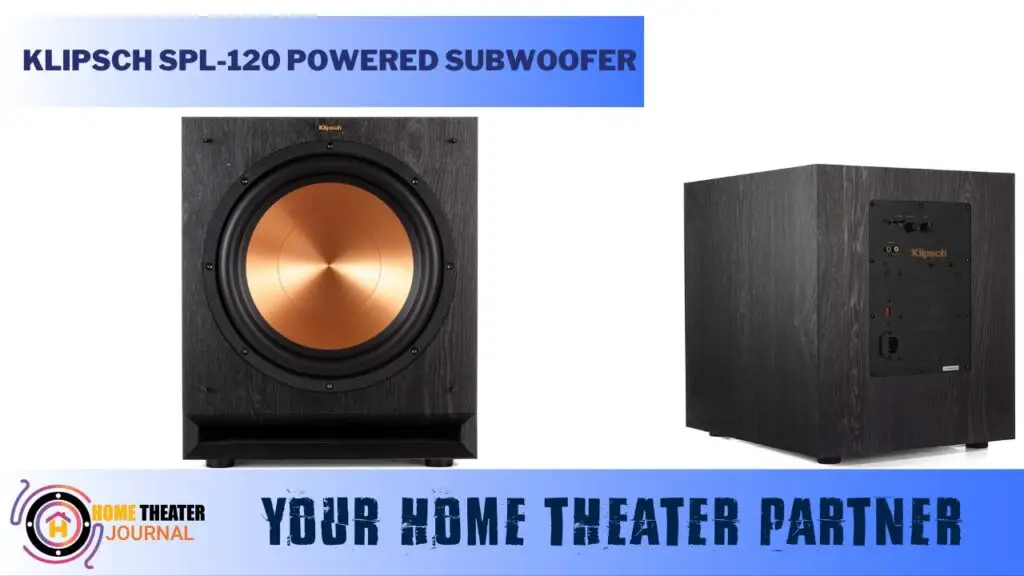
Klipsch SPL-120 Powered Subwoofer: an absolute powerhouse engineered to redefine your audio experience.
Boasting a 12-inch long throw cerametallic woofer and a maximum acoustic output of 118dB, this subwoofer means serious business, delivering a staggering 600 Watts of power.
Wrapped in a scratch-resistant ebony finish, its striking design isn’t just about aesthetics; it’s a statement of durability and sophistication.
Main Features / Technical Specifications:
- Brand: Klipsch
Model Name: Klipsch SPL-120
Speaker Type: Subwoofer
Connectivity Technology: RCA
Special Feature: Low-Pass Crossover and Phase Control; Scratch-Resistant Ebony Finish - 12-inch Long Throw Cerametallic Woofer: Delivers powerful and precise bass response.
- Maximum Acoustic Output: Impressive 118dB for a truly immersive experience.
- Power Output: Boasts a staggering 600 Watts for robust performance.
- Wireless Capability: Optional Klipsch WA-2 accessory enables wireless functionality.
- Enclosure Material: Constructed with MDF for durability and superior sound quality.
Structure:
Klipsch’s attention to detail shines through the spun copper cerametallic woofers, ensuring a remarkable low-frequency response with minimal distortion.
The non-resonating stamped-steel basket, secured to a large magnet motor, provides exceptional efficiency and low distortion, promising higher, cleaner output with less power.
Bass Quality:
This subwoofer’s standout feature lies in its raw power and precision bass control. The Class D amplifier ensures maximum efficiency, maintaining a clean and true-to-source reproduction while delivering a punchy and controlled low-frequency response.
Its front-firing design offers placement flexibility while minimizing unwanted resonance, ensuring an immersive audio experience.
Connectivity:
The Klipsch SPL-120 offers versatility through both RCA and wireless inputs, allowing effortless integration across various audio systems without the hassle of constant input switching. This feature-rich subwoofer is a testament to convenience, catering to the preferences of users seeking seamless audio integration.
Moreover, low pass crossover and variable phase controls empower users to fine-tune bass levels for optimal room acoustics.
Pros
Cons
Verdict:
The Klipsch SPL-120 Powered Subwoofer is a titan in the subwoofer world, combining raw power, precision controls, and elegant design.
Its ability to deliver a potent and refined bass performance makes it a standout choice for the best subwoofer for home theater System immersive and impactful audio experience.
4. Definitive Technology Descend DN8 8″ Subwoofer
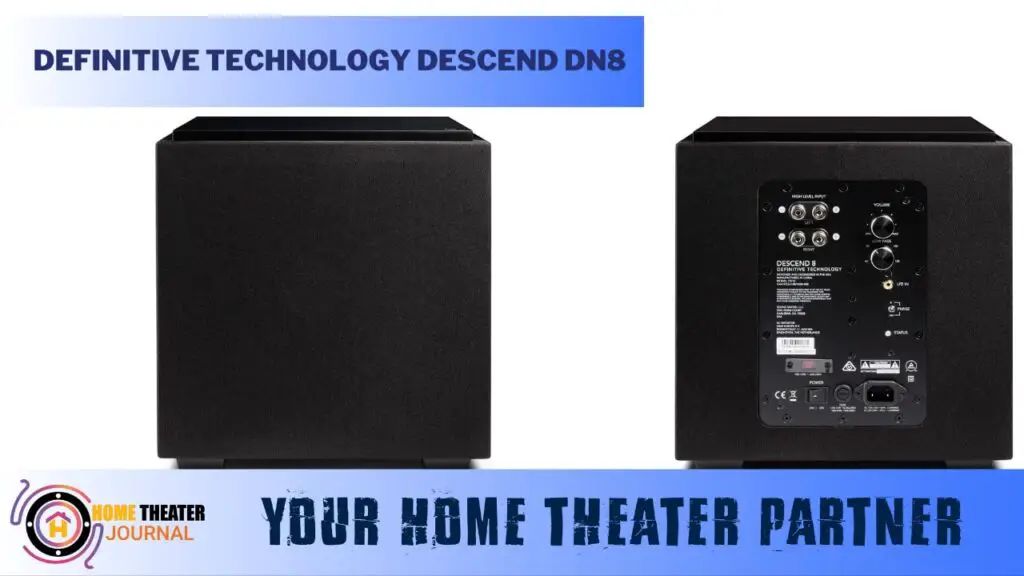
The Definitive Technology Descend DN8 isn’t your average subwoofer. It’s a powerhouse that reshapes expectations.
Crafted with precision and performance in mind, this subwoofer delivers audio experiences beyond compare. Its groundbreaking design and features make it a standout contender in the world of subwoofers.
Main Features / Technical Specifications:
- Powerful Bass Output: 8″ driver and (2) pressure-coupled 8″ Ultra Low Bass Radiators.
- Class D Amplification: Digitally-tuned 500W peak Class D Amplifier for detailed, distortion-free audio.
- 3XR Architecture: Offers crystal-clear lows without port noise, performing like a larger sub in a compact cabinet.
- Speaker Type: Subwoofer
- Surround Sound Configuration: Stereo
- Maximum Output Power: 500 Watts
- Frequency Response: 34 Hz
- Connectivity Technology: XLR
- Connectivity Protocol: RCA
- Speaker Size: 8 Inches
- Weight: 10500 Grams
- Mounting Options: Floor Standing, Tabletop
- Power Source: AC
- Control Method: Remote
- Warranty: 5-year manufacturer warranty
Structure:
The DN8 subwoofer, adorned with a non-resonant, acoustically transparent cabinet, embodies modern minimalism. Its sleek design effortlessly complements your decor while adding a touch of sophistication.
Compact yet mighty, this 8-inch driver subwoofer packs a punch, delivering bigger, cleaner, distortion-free bass that resonates in any room or space.
Sound Quality:
With a unique 3XR Architecture and a digitally-tuned 500W peak Class D Amplifier, the DN8 offers thunderous bass with crystal-clear lows and zero port noise.
Its capacity to perform like a 10″ subwoofer in an 8″ cabinet amplifies every nuance of your movies and music, making every explosion, roar, or subtle bass note vividly pronounced.
Connectivity:
Versatility is key with the DN8. Offering flexible connectivity options via LFE or stereo line level RCA inputs, it seamlessly integrates into most home theater systems.
The back panel boasts built-in controls for easy adjustments, giving you total command over volume, low pass filter, and phase toggle, ensuring optimum bass quality and functionality.
Pros
Cons
Verdict:
The Definitive Technology Descend DN8 stands out as a powerhouse subwoofer under $500, offering unparalleled bass, sophisticated design, and versatile connectivity options.
It’s a worthy addition to any home audio setup, delivering immersive sound experiences that elevate movie nights and musical adventures alike.
5. Edifier S350DB Bookshelf Speaker and Subwoofer 2.1 Speaker System
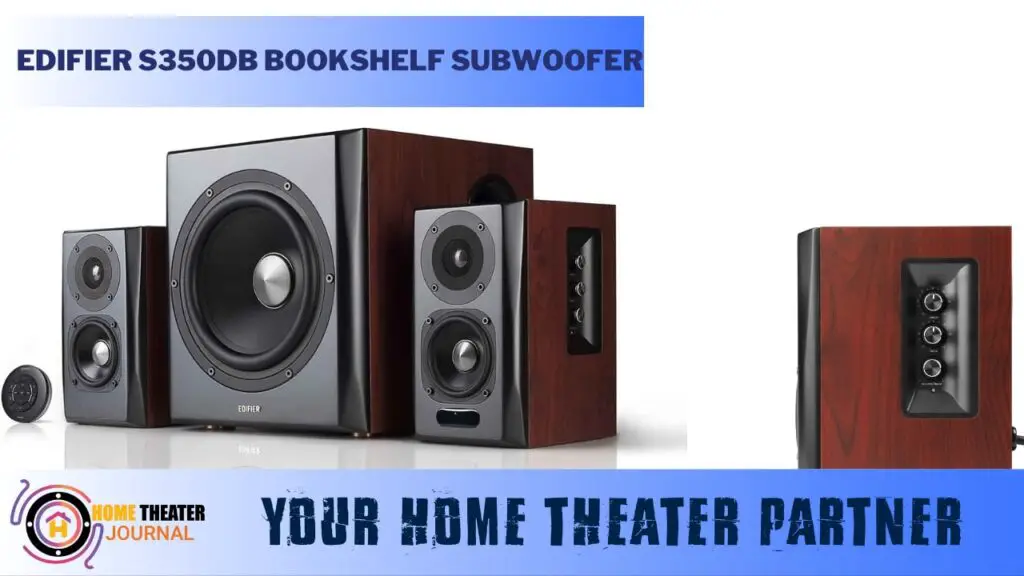
In a world of audio systems, the Edifier S350DB stands out as a true gem, combining classic design with cutting-edge technology. This 2.1 multimedia powerhouse is tailored for versatile use, delivering an exceptional sound experience to various spaces like computer rooms, living rooms, or dens.
Main Features / Technical Specifications:
- Titanium Dome Tweeters
- 8-Inch Subwoofer
- Bluetooth 5.0 aptX Wireless Sound
- DSP and DRC
- Wireless Remote
- SIGNAL-TO-NOISE RATIO: R / L: = 80dB (A) ; SW: = 85dB
- FREQUENCY RESPONSE: R/L: 160Hz -20KHz ; SW: 40Hz –160Hz
- INPUT TYPE: PC AUX Optical Coaxial Bluetooth
- WEIGHT: 19.1kg
- TOTAL POWER OUTPUT: R/L(treble): 15W+15W | R/L(midrange and bass): 25W+25W | SW: 70W
- INPUT SENSITIVITY: PC : R/L: 600±50mV ; SW: 270±20mV | AUX: R/L: 400±50mV | SW: 200±20mV | Optical/Coaxial:R/L: 400±50mFFS | SW: 200±20mFFS Bluetooth: R/L: 400±50mFF | SW: 200±20mFFS
- DIMENSIONS: Subwoofer: 312*265*298mm | Satellite: 222H x 127W x 156Dmm( 8.75H x5W x 6D inches)
Structure:
The S350DB isn’t just a sound system; it’s a fusion of sophistication and modern technology. Its design marries elegance with practicality, featuring not just the bookshelf speakers but also an 8-inch subwoofer, promising a seamless fit into any space.
This system’s compactness doesn’t compromise on performance. The thoughtful placement of side panel controls on one of the bookshelf speakers allows for easy, immediate adjustments to bass, treble, and volume. Upon powering on, the sleekly illuminated light assures you of its operational status.
The system exudes a timeless charm that elevates any room’s aesthetics while delivering an immersive audio experience.
Sound Quality:
The 8-inch subwoofer generates deep, resonating bass, adding a new dimension to movies, music, and gaming experiences. Its bass reflex port enriches the low-frequency sounds, creating a more immersive audio landscape.
The titanium dome tweeters on the two bookshelf satellite speakers produce crystal-clear highs across various genres of music and multimedia. The system’s digital signal processing ensures standardized and clear sound levels.
Connectivity:
Packed with connectivity options including Bluetooth v5.0 aptX, AUX, RCA, optical, and coaxial inputs, this system ensures compatibility with diverse devices. The wireless remote adds a layer of convenience, enabling effortless control.
Pros
Cons
Verdict:
The Edifier S350DB Bookshelf Speaker and Subwoofer 2.1 System stand as a pinnacle in the world of audio systems under $500.
Offering top-notch connectivity, powerful bass, and clear sound quality, it’s an exceptional investment for those seeking a premium audio experience that elevates entertainment and enhances the ambiance of any space.
6. Skar Audio Dual 12″ 2400W Loaded SDR Series Vented Subwoofer Enclosure
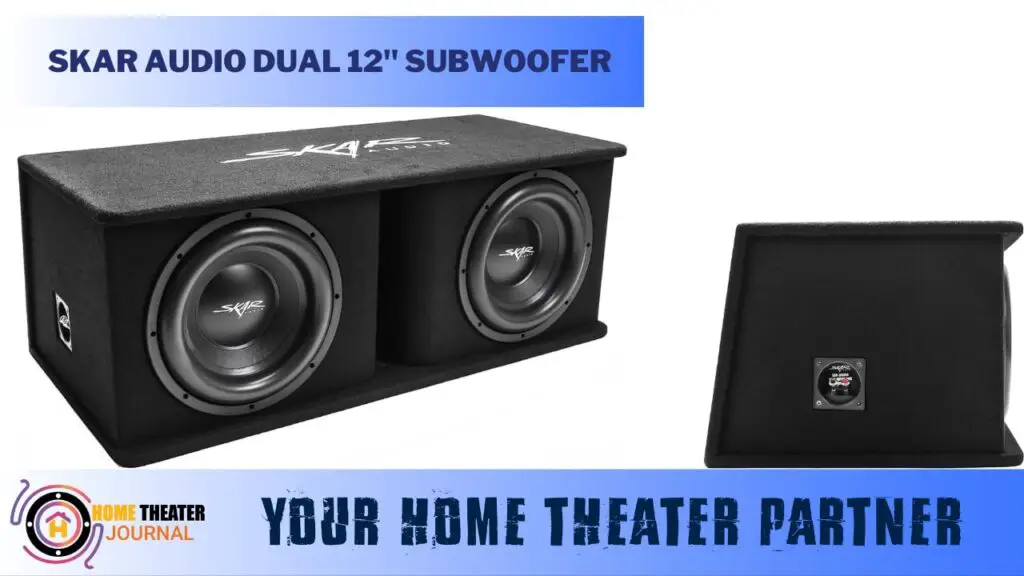
Skar Audio Dual 12″ 2400W Loaded SDR Series Vented Subwoofer Enclosure, the audiophile’s dream for a competition-grade system without the hassle of starting from scratch.
This powerhouse comes pre-loaded with (2) SDR-12 D4 subwoofers, perfectly mounted and pre-wired for a seamless installation. With a peak power of 2400 Watts (pair) and RMS power of 1200 Watts (pair), this enclosure delivers deep, hard-hitting bass that keeps the rhythm going all day long.
Main Features / Technical Specifications:
- Power: Peak Power: 2400W (pair), RMS Power: 1200W (pair)
- Subwoofers: (2) SDR-12 D4 – 12″ Dual 4 Ohm pre-mounted subwoofers
- Enclosure: Custom vented design, tuned at 32 Hz
- Build: High-strength 5/8″ MDF, double front baffle (1.25″), black carpet finish
- Dimensions: 37.875″ Width, 16.75″ Top Depth, 18.75″ Bottom Depth, 14.25″ Height
- Voice Coils: 2.5″ high-temperature copper voice coils
- Frequency Response: 32 – 300 Hz
- Pre-Wired: Internally pre-wired for 1 Ohm final impedance load
- Compatibility: Designed for car audio systems
- Appearance: Sleek black carpet finish with Skar Audio logo
- Special Feature: Double baffle with countersunk subwoofer layout
Structure:
The “Wedge” style vented enclosure, with a front baffle thickness of 1.25″ and an internal air space of 4.00 ft³, is meticulously engineered for optimal bass response. Its dimensions—Width: 37.875″, Depth: 16.75″ (Top) – 18.75″ (Bottom), Height: 14.25″—are thoughtfully designed for convenient installation in various vehicles.
Bass Quality:
Tuned at 32 Hz, this enclosure ensures not just deep but also accurate bass reproduction, allowing you to feel the music in its entirety. The high-quality voice coil enhances the overall sound experience, covering a wide frequency range for a well-rounded audio output.
Connectivity:
The connectivity of the Skar Audio Dual 12″ 2400W Loaded SDR Series Vented Subwoofer Enclosure is geared toward simplicity and seamless integration. Wired for compatibility with car audio systems, this enclosure offers a hassle-free setup process. It’s pre-wired internally for a 1 Ohm final impedance load at the terminals, streamlining the connection to an amplifier.
This design choice not only simplifies installation but also ensures an optimized performance without the complexities often associated with configuring subwoofer systems from scratch.
The enclosure’s compatibility with various car audio setups makes it a versatile addition to different vehicles. However, it’s important to note that this subwoofer enclosure operates primarily through a wired connection, which may limit some flexibility in connectivity options compared to wireless alternatives.
Nevertheless, the wired setup ensures a reliable and stable connection, delivering consistent, high-quality audio output to complement your car’s sound system.
Pros
Cons
Verdict:
The Skar Audio Dual 12″ 2400W Loaded SDR Series Vented Subwoofer Enclosure is a powerhouse of performance, delivering unparalleled bass quality and ease of installation for car audio enthusiasts. Its meticulous design, powerful specifications, and competitive pricing under $500 make it a top contender for the best subwoofer for car.
Conclusion of Best Subwoofer Under 500
After diving deep into the bass-filled ocean of subwoofers under $500, two titans emerge the Audioengine S8 8″ 250W Powered Home Audio Subwoofer Speaker and the Skar Audio Dual 12″ 2400W Loaded SDR Series Vented Subwoofer Enclosure.
The S8 from Audioengine is a gem, boasting exceptional power, precision, and connectivity that redefine what you can expect within this price range.
It’s a game-changer for home audio enthusiasts looking to elevate their sound without breaking the bank. On the other hand, the Skar Audio enclosure unleashes a thunderous world of bass for car audio aficionados, offering unmatched performance and a hassle-free installation that amps up your car’s audio experience.
These subwoofers showcase that premium-quality bass doesn’t need a premium price tag, making them the go-to choice for anyone craving top-notch sound without a hefty investment. Whether you’re curating the ultimate home theater or seeking to amplify your car’s audio, these under-$500 subwoofers pack the punch and finesse you crave for an immersive sonic journey.
FAQs
1. What should I consider when buying a subwoofer under $500?
When shopping for a subwoofer in this price range, focus on key factors like power output, driver size, connectivity options, and the overall design. Look for a balance between wattage and bass quality, ensuring it complements your existing setup. Also, consider the available connectivity ports to ensure compatibility with your audio devices.
2. Are subwoofers under $500 suitable for large rooms?
Subwoofers under $500 can perform exceptionally well in large rooms, provided they have sufficient power output and appropriate driver sizes. Look for subwoofers with higher wattage and larger drivers to ensure they can fill larger spaces with rich, impactful bass without distortion.
3. Can subwoofers under $500 deliver enough bass for movies and gaming?
Yes, many subwoofers under $500 are designed to provide immersive bass for movies and gaming. Look for features like deep frequency response, high-powered amplifiers, and well-designed enclosures to ensure they can handle the dynamic range required for these applications.
4. Do these subwoofers come with warranty coverage?
Most subwoofers under $500 come with warranty coverage, typically ranging from one to five years depending on the brand and model. It’s essential to check the manufacturer’s warranty policy to understand what it covers and for how long.
5. Are there any specific placement considerations for subwoofers under $500?
Placement plays a crucial role in maximizing the performance of your subwoofer. While different models may have specific recommendations, in general, placing the subwoofer in a corner or near a wall can enhance bass output. Experiment with positioning to find the optimal placement that suits your room and audio setup.



